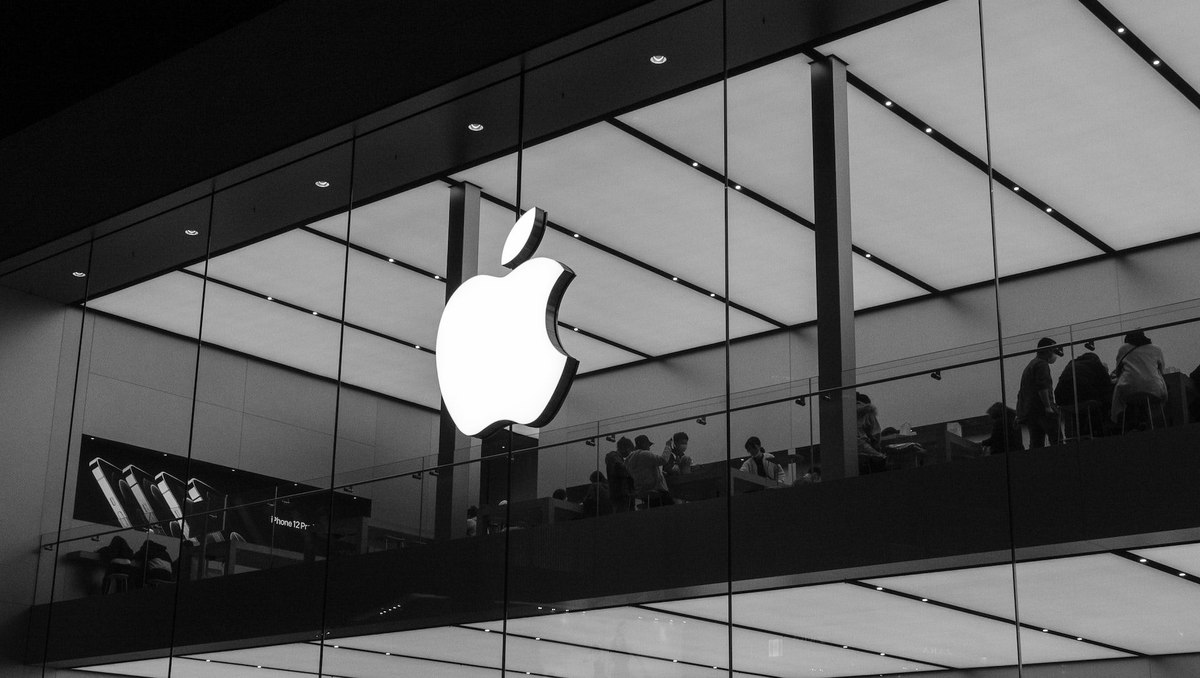
US: Apple's new buy now, pay later service - How popular is this payment type among its customers?
Apple is launching ‘Apple Pay Later’, its buy now, pay later (BNPL) service. Consumers can use the service to apply for loans ranging from $50 to $1,000 and then split repayment into four installments over a period of six weeks with no interest or fees. The service is currently available only in the US and for online and in-app transactions on iOS 16.4 and iPadOS 16.4. According to Apple, currently only ‘randomly selected’ users will be given early access.
How popular is the buy now, pay later payment type among current Apple customers?
According to YouGov Profiles - which covers demographic, psychographic, attitudinal and behavioral consumer metrics - 14% of Apple’s current customers use BNPL services to make payments online.
Most of Apple’s customers in the US (65%) use credit cards when making online purchases, followed by debit cards (56%).
Research from YouGov also reveals the most popular forms of online payments used by BNPL users in the US and the general American population. Profiles data shows that 57% of BNPL consumers and 37% of the general population use PayPal, followed by Zelle (31% and 15% respectively). Another 27% of BNPL consumers and 13% of the general US population use Apple Pay - Apple’s mobile payment service.
Further, according to Profiles data, BNPL users are more likely to be female than male (53% vs. 47%). Similarly, 50% of all BNPL users in the US are Millennials, followed by Gen X (25%) and Baby Boomers (12%).
Explore our living data - for free
Discover more retail content here
Want to run your own research? Run a survey now
Make smarter business decisions with better intelligence. Understand exactly what your audience is thinking by leveraging our panel of 20 million+ members. Speak with us today.
Methodology: YouGov Profiles is based on continuously collected data and rolling surveys, rather than from a single limited questionnaire. Profiles data for the US is nationally representative and weighted by age, gender, education, region, and race. Learn more about Profiles.
Photo by Bangyu Wang on Unsplash